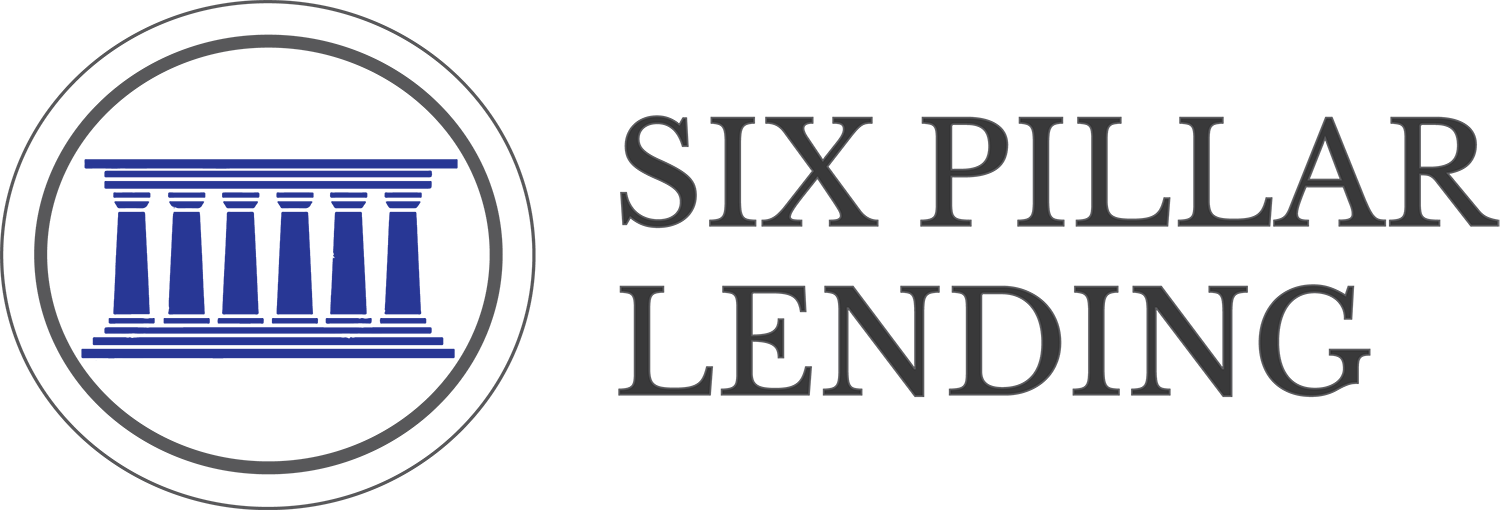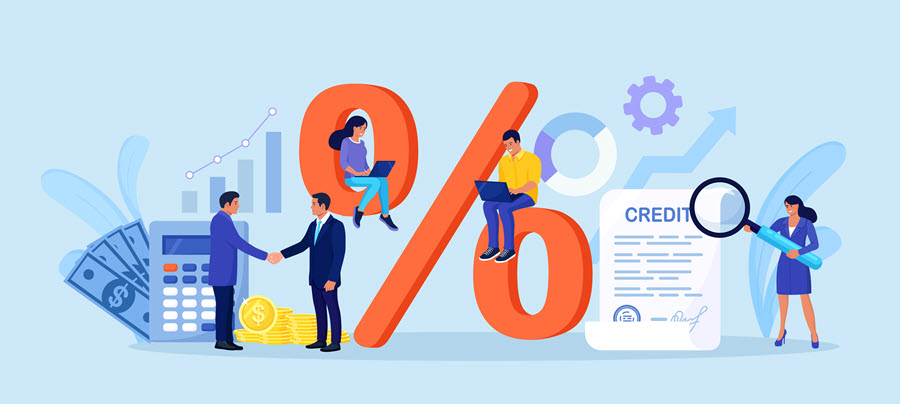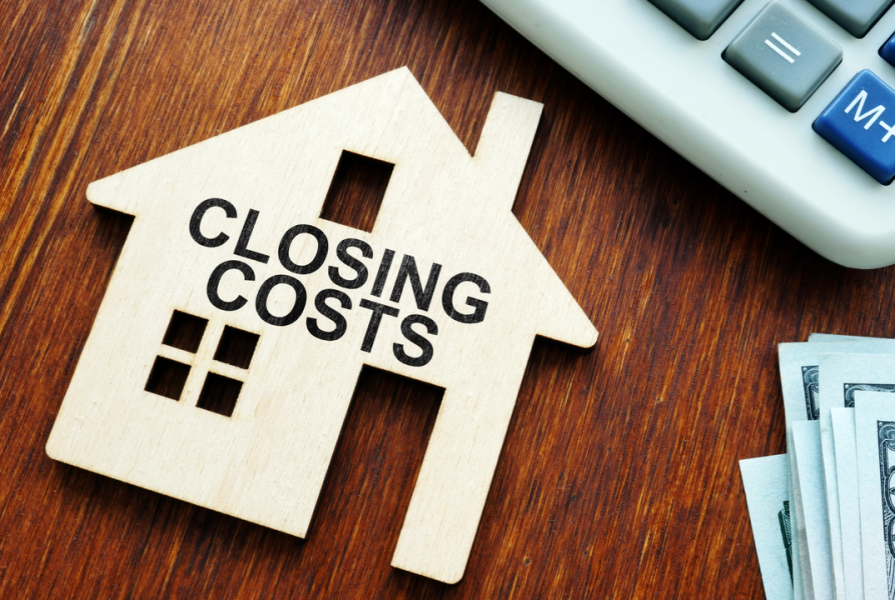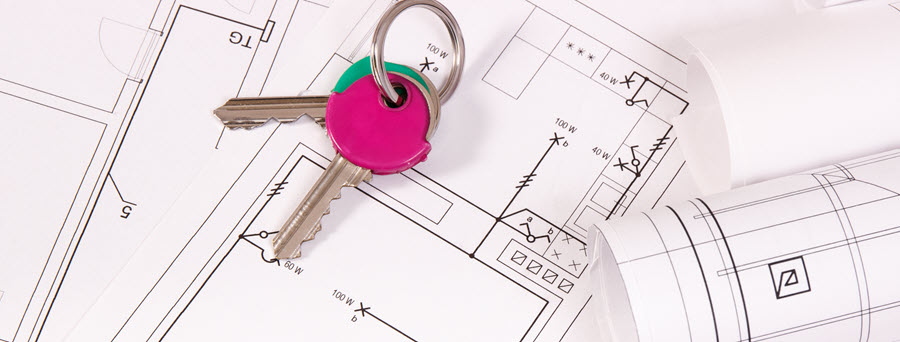Navigating the landscape of mortgage rates can be a daunting task for potential homeowners. Understanding…
Empowering Homebuyers: What is PMI?
Homeownership remains a cornerstone of the American Dream, but realizing this dream often involves navigating through a labyrinth of financial jargon and requirements, one of which is Private Mortgage Insurance (PMI). In this comprehensive guide, we’ll demystify PMI, explore its history, why it’s required, identify which loans have it, and impart valuable insights on how to shop for lower PMI rates.
What is PMI (Private Mortgage Insurance)?
Private Mortgage Insurance (PMI) is a type of insurance policy that protects lenders from the risk of default and foreclosure. When a homebuyer is unable to make a down payment of at least 20% of the home’s purchase price, lenders typically require PMI as a safeguard. This insurance policy reduces the lender’s risk of losing money in the event the borrower fails to repay the loan.
Tracing the Origins – The History of PMI
PMI has its roots in the Great Depression, a period marked by high default rates on mortgages. The establishment of PMI aimed at stimulating the housing market by reducing lender risk and increasing the availability of mortgage credit.
- 1930s – The Birth of Mortgage Insurance: The Great Depression witnessed soaring foreclosure rates, prompting the need for an instrument that could mitigate lender risk and rejuvenate the housing market.
- 1957 – The Emergence of Private Entities: The Mortgage Guaranty Insurance Corporation (MGIC) was established, marking the introduction of the first private mortgage insurance company, thereby laying the foundation for the PMI industry.
- The 1990s and Beyond – Evolution and Regulation: The PMI industry underwent significant evolution, with the advent of new players and the establishment of regulatory frameworks, including the Homeowners Protection Act of 1998, mandating automatic termination of PMI under certain conditions.
Understanding the Necessity – Why is PMI Required?
The primary purpose of PMI is risk mitigation. When a borrower makes a down payment below 20%, the lender perceives a heightened risk of default. PMI acts as a security blanket for the lender in the following ways:
- Protecting the Lender: In case of borrower default, PMI ensures that the lender recovers a significant portion of the loan amount.
- Facilitating Homeownership: By minimizing lender risk, PMI enables prospective homeowners to secure mortgage loans with smaller down payments, thereby making homeownership accessible to a larger population.
- Stimulating Economic Activity: PMI plays a pivotal role in fueling housing market activity and, by extension, contributes to economic growth.
Which Loans Require PMI?
A multitude of loan types may necessitate PMI, contingent on the down payment and lender policies. Some of the most common loans associated with PMI include:
- Conventional Loans: PMI is typically required on conventional loans when the down payment is less than 20%.
- FHA Loans: While technically not PMI, FHA loans have a similar requirement known as a Mortgage Insurance Premium (MIP). Both serve the same purpose of protecting the lender.
- USDA Loans: Similar to FHA loans, USDA loans incorporate an upfront guarantee fee and an annual fee, akin to PMI.
- Jumbo Loans: These high-value loans may require PMI, especially when the loan-to-value ratio exceeds 80%.
Savvy Shopping – How to Shop for Lower PMI Rates
Lowering PMI rates can lead to substantial savings over the life of a mortgage. Here are strategic steps to secure lower PMI rates:
- Evaluate Your Credit Score: A higher credit score can significantly reduce PMI rates. Regularly monitor your credit report, rectify inaccuracies, and practice good credit habits to enhance your score.
- Explore Lender-Paid PMI Options: Some lenders offer lender-paid PMI, wherein the cost of PMI is integrated into the mortgage interest rate. This option can be economical, depending on the loan term and interest rate.
- Opt for a Higher Deductible: Agreeing to a higher deductible on your PMI policy can result in lower premiums, but assess your financial capability to meet the deductible in case of a claim.
- Shop Around and Negotiate: Don’t settle for the first quote. Explore various lenders and PMI providers, compare rates, and negotiate for favorable terms.
- Consider a Piggyback Loan: A piggyback loan involves taking out a second mortgage alongside the primary mortgage to finance part of the home purchase, potentially eliminating the need for PMI.
- Accelerate Equity Buildup: Making extra mortgage payments or enhancing your home’s value through improvements can help you reach 20% equity faster, leading to PMI cancellation.
- Regularly Review Your Loan-to-Value Ratio: Keep track of your loan-to-value (LTV) ratio, and request PMI cancellation once you attain 20% equity, in accordance with the Homeowners Protection Act.
Conclusion
Private Mortgage Insurance remains a pivotal element in the home buying process, offering protection to lenders and opportunities to prospective homeowners. Understanding the history, recognizing why it’s required, identifying which loans necessitate it, and mastering the art of shopping for lower rates can empower homebuyers to make informed decisions and optimize their homeownership journey.





